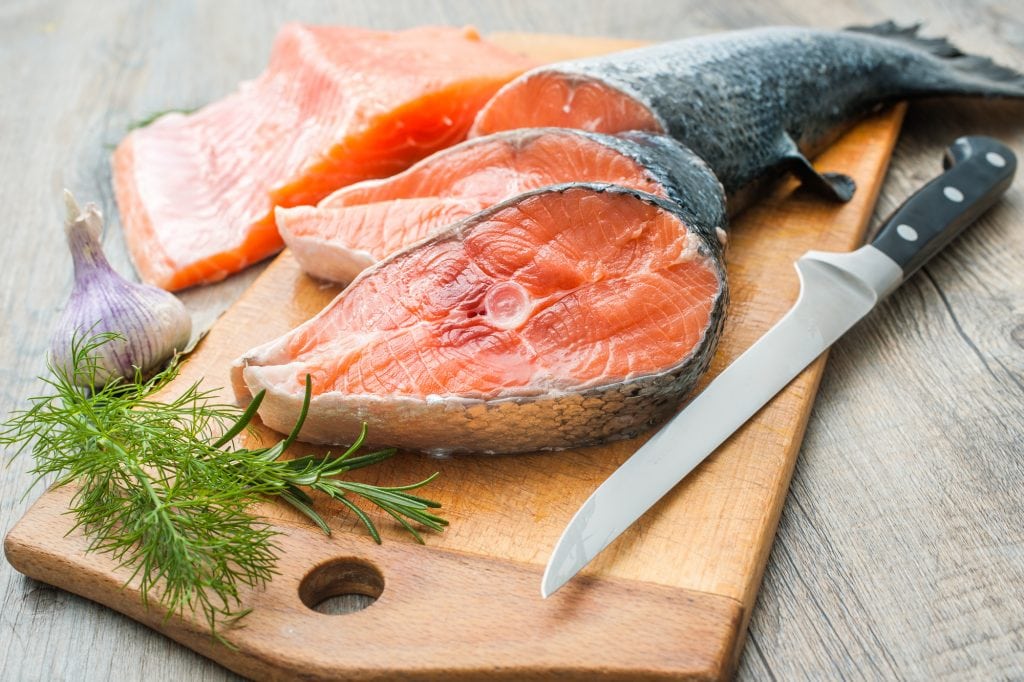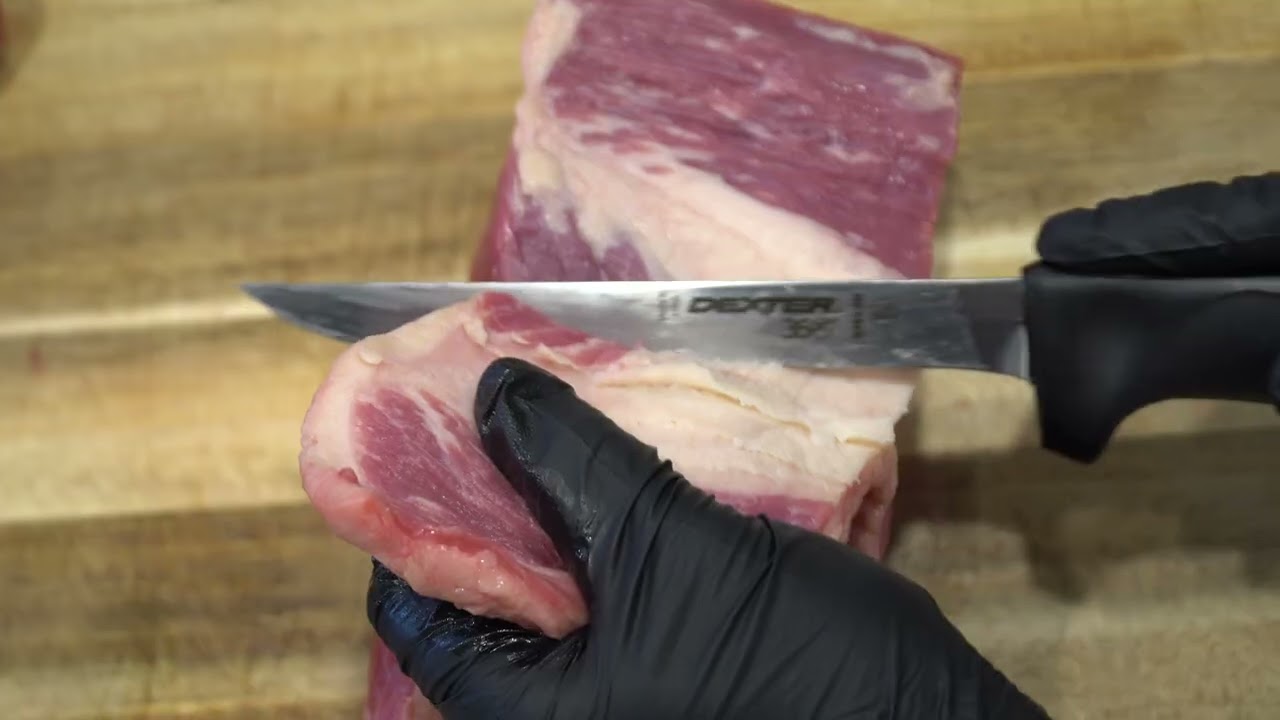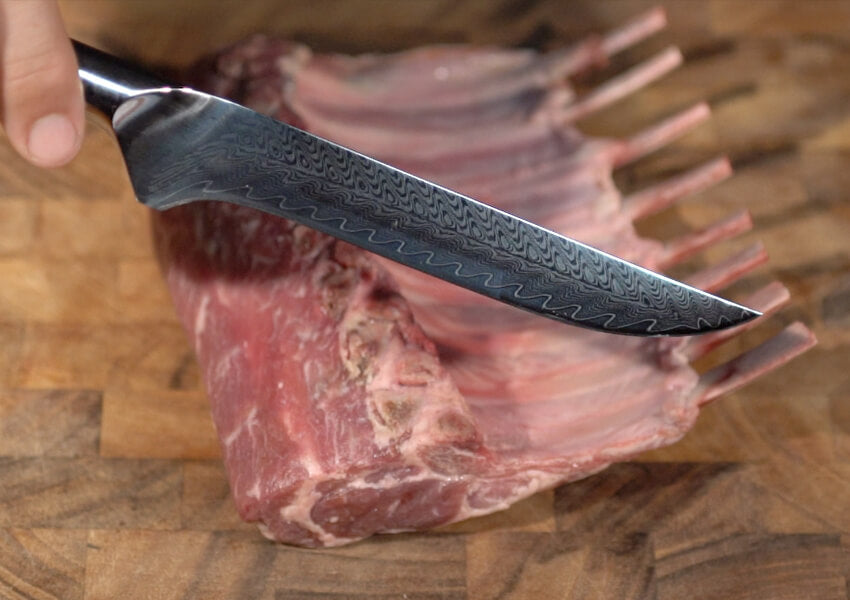For any aspiring chef or home cook, understanding the proper use of kitchen tools is vital. Among these tools, the boning knife stands out for its precision and efficiency in handling meat. Coupled with the right cutting board, these tips can transform your culinary experience. In this article, we will delve into valuable tips that will enhance your skills and make your kitchen tasks more enjoyable.

Understanding the Boning Knife
To fully appreciate the boning knife, one must first understand its unique design. A boning knife is characterized by its narrow, flexible blade, which allows for precise cuts around bones and joints. This tool is essential for removing bones from meat, poultry, and fish, ensuring you get the most out of your ingredients without unnecessary wastage.
Choosing the Right Boning Knife
When selecting a boning knife, consider the type of meat you will frequently work with. A stiff boning knife is ideal for beef and pork, while a flexible one is better suited for poultry and fish. For more insights on choosing the right knife, visit Dalstrong’s Guide.
Maintaining Your Boning Knife
Proper maintenance prolongs the life of your knife. Regular sharpening and correct storage are key. Ensure to hone your knife regularly to maintain its edge. For more professional tips on honing, check out this honing guide.
Choosing the Right Cutting Board
The right cutting board complements the efficiency of a boning knife. Wooden boards are preferred for their durability and gentleness on knife edges, whereas plastic boards are easy to sanitize. Consider the type of meat and the volume of work when selecting your board.
Cutting Board Maintenance
Proper maintenance of your cutting board is crucial. Always clean your board thoroughly after use to avoid cross-contamination. Regularly oil wooden boards to prevent them from drying out and cracking.
Combining Knife and Board Techniques
Using the right techniques when combining a boning knife with a cutting board can make all the difference. Here are some techniques to master:
Knife Techniques
Practice different grips for better control. The pinch grip offers precision, while the handle grip provides power. Always cut away from your body for safety.
Board Techniques
Stabilize your cutting board to prevent accidents. Use a damp cloth underneath to keep it from slipping. This ensures a safe and efficient cutting environment.
Safety Tips for Boning Knife and Cutting Board Use
Safety in the kitchen cannot be overstated. Always keep your knives sharp to reduce the risk of slipping. Use a stable cutting board to maintain control over your cuts. Additionally, always cut away from your body and keep fingers clear of the blade.
Advanced Techniques for Professionals
For those looking to take their skills to the next level, mastering advanced techniques is essential. Learn how to debone different types of meat quickly and efficiently. Practice makes perfect, so take your time to refine your skills.
Common Mistakes to Avoid
Avoid using a dull knife, as it requires more force and increases the risk of injury. Do not cut directly on hard surfaces, as this can damage your knife’s edge. Always use the right tool for the job to ensure efficiency and safety.

Frequently Asked Questions
What is the primary use of a boning knife?
The primary use of a boning knife is to remove bones from meat, poultry, and fish with precision.
How do I care for my cutting board?
Clean your cutting board thoroughly after each use and oil it regularly if it’s wooden to maintain its condition.
Are there different types of boning knives?
Yes, boning knives vary in flexibility and stiffness, tailored for different types of meat.
For more detailed tips and professional insights, you can explore further on professional boning knife tips and boning knife for deer.
This article contains affiliate links. We may earn a commission at no extra cost to you.


